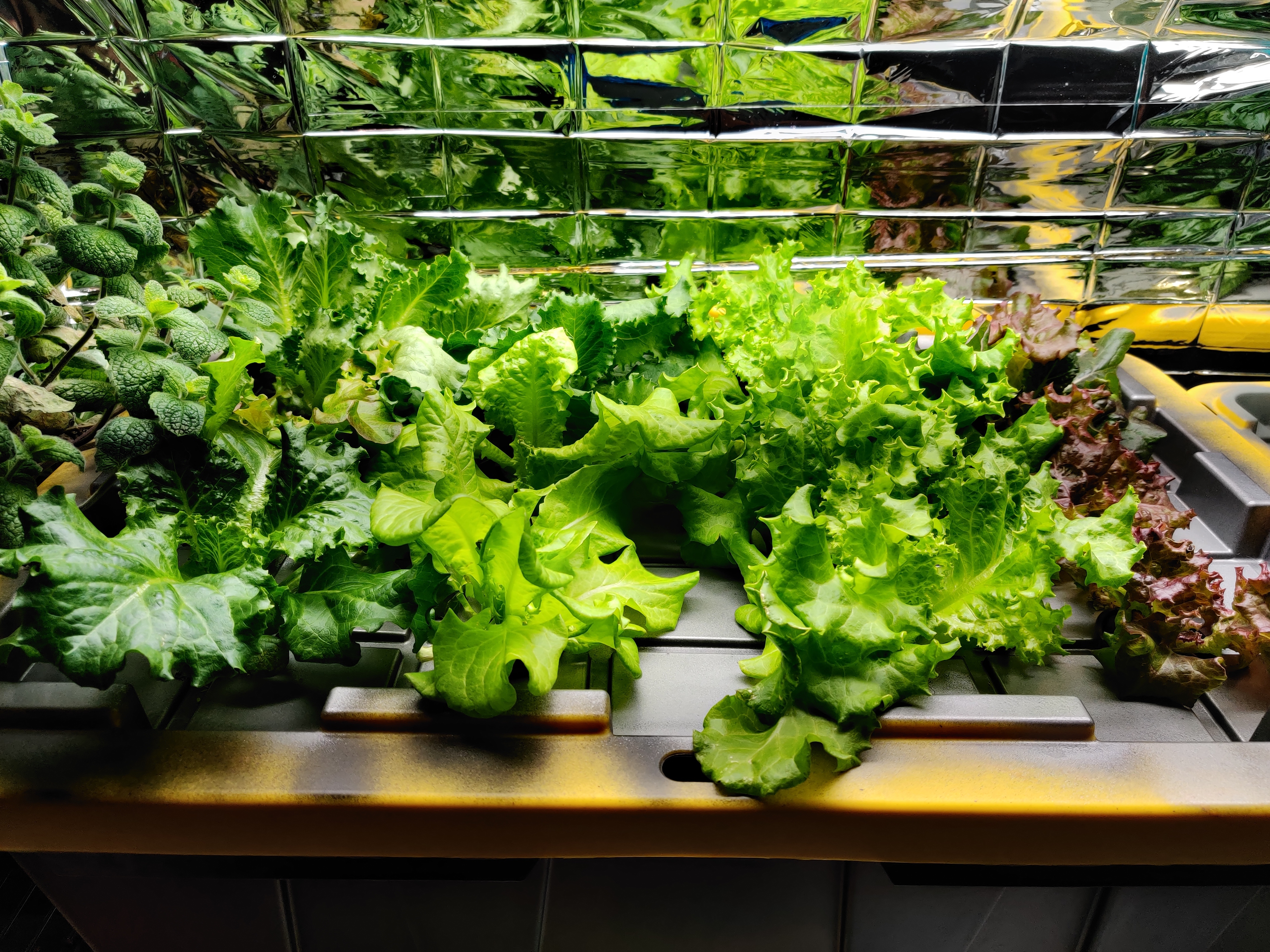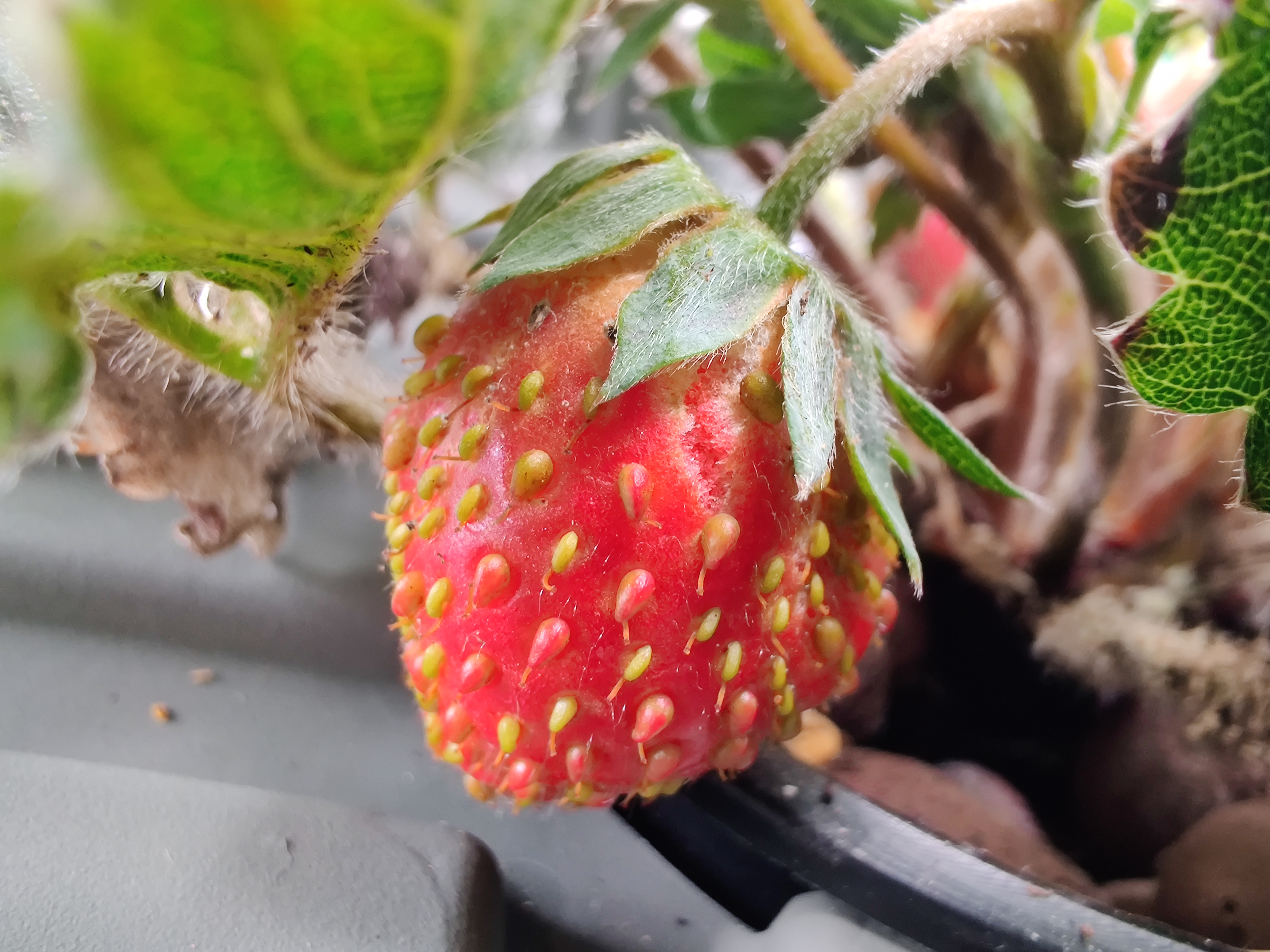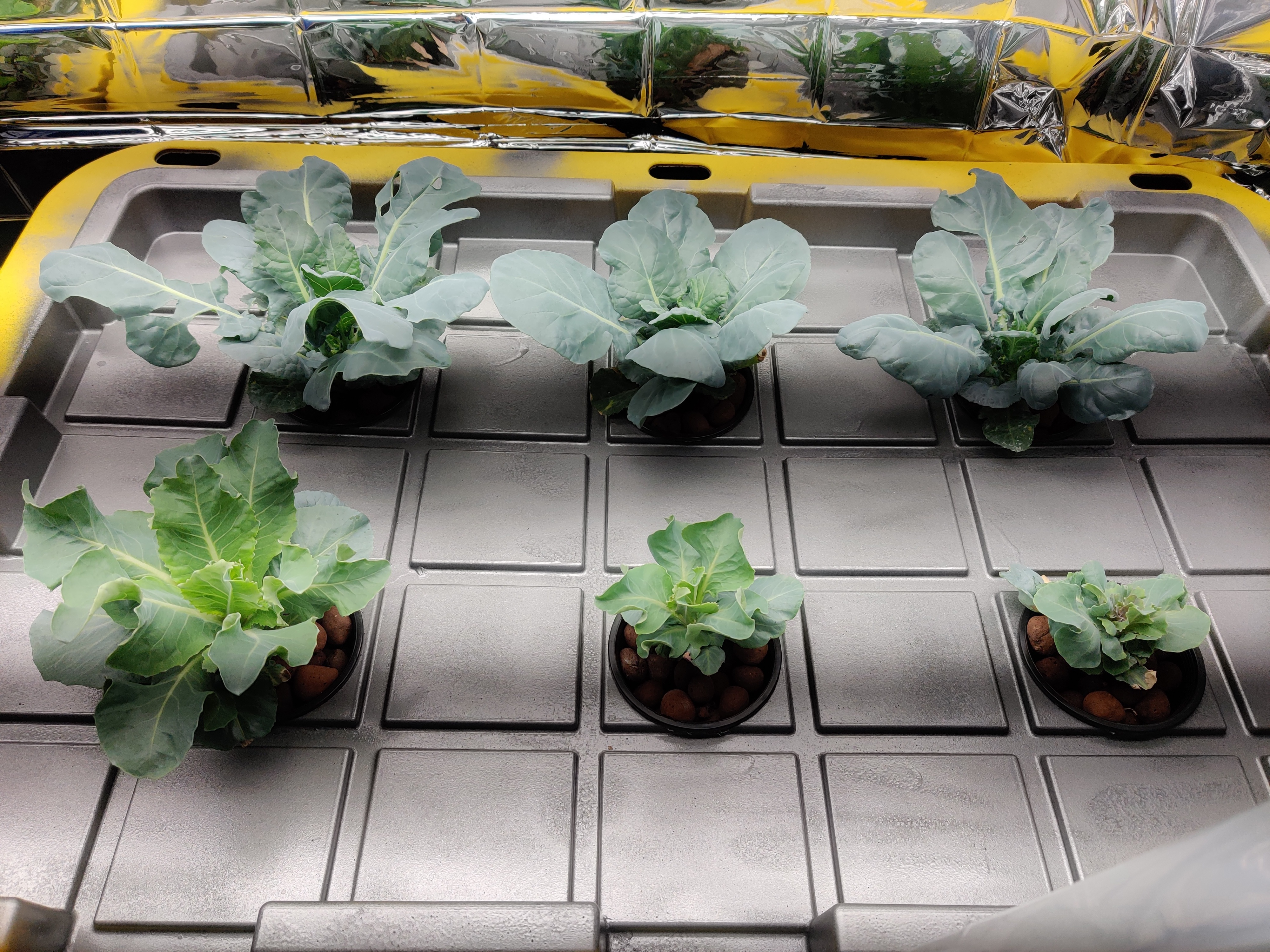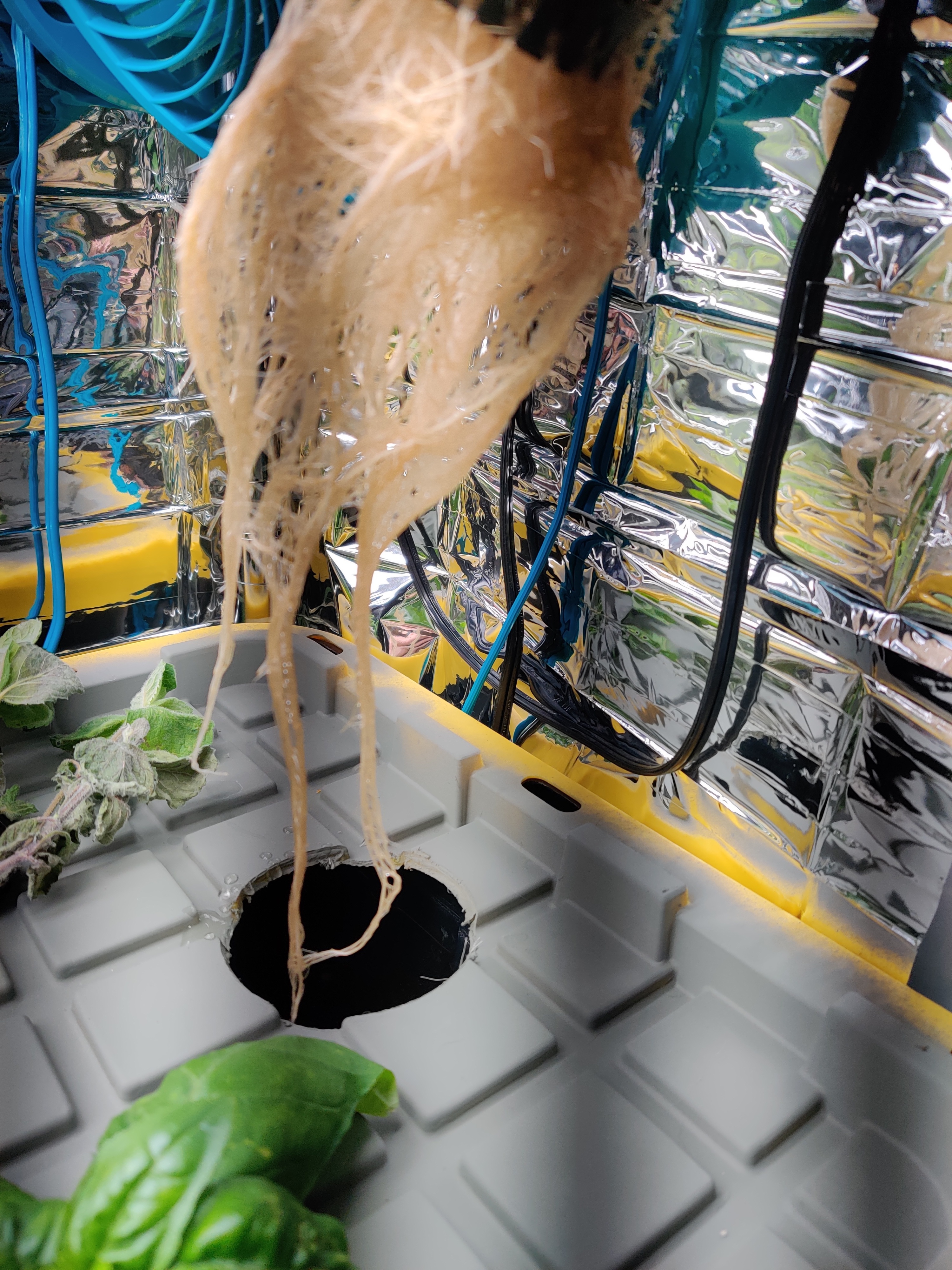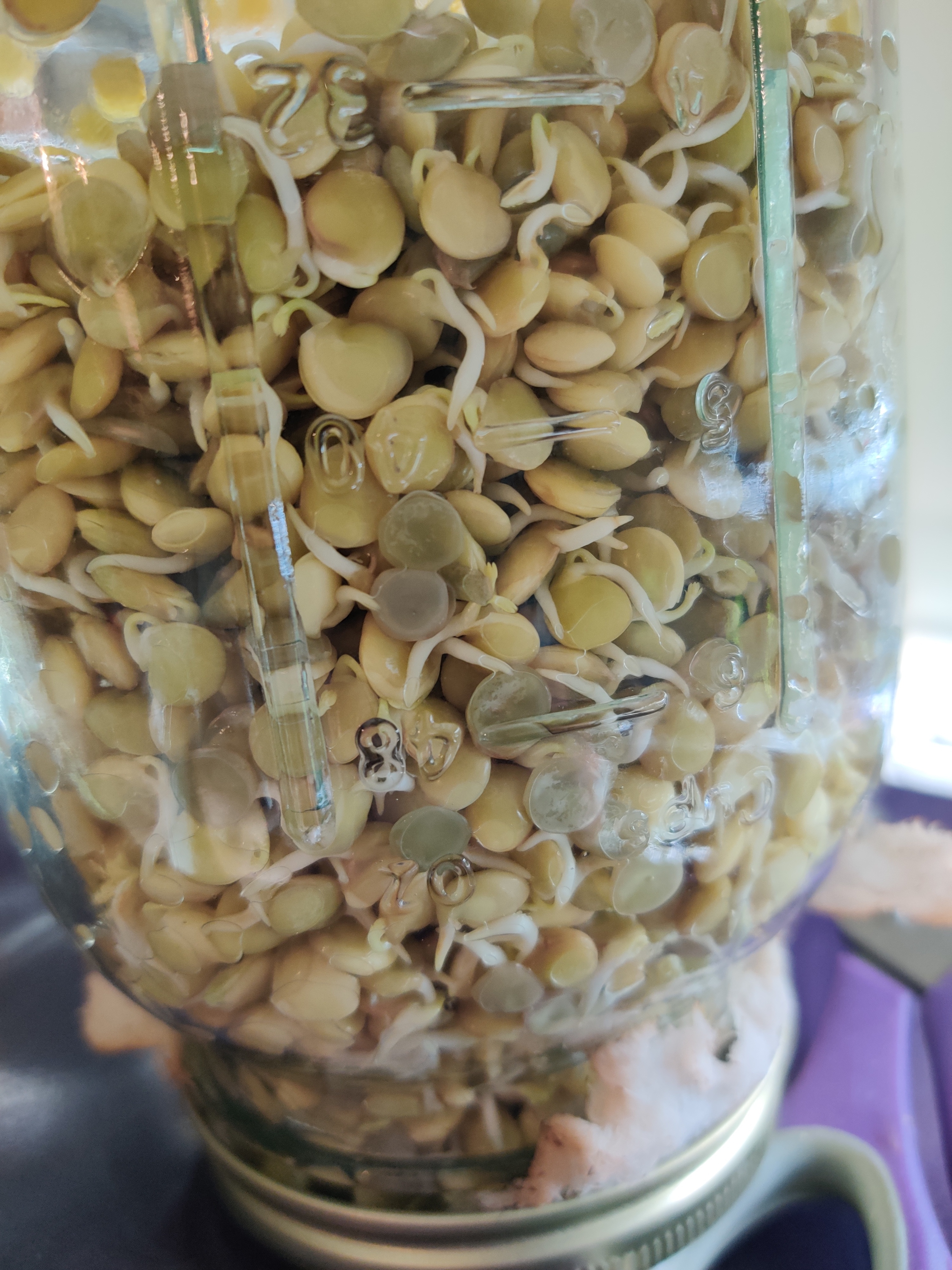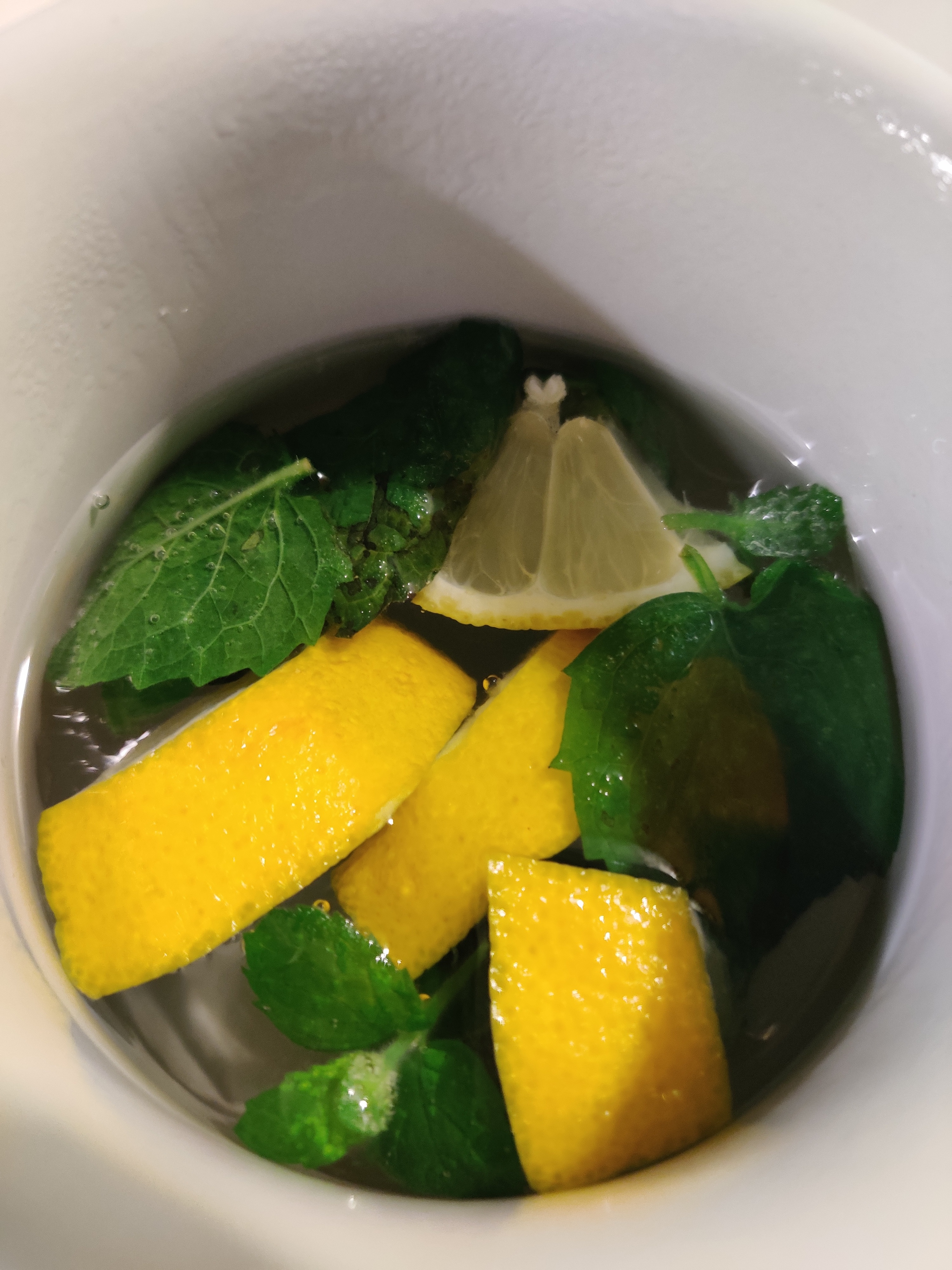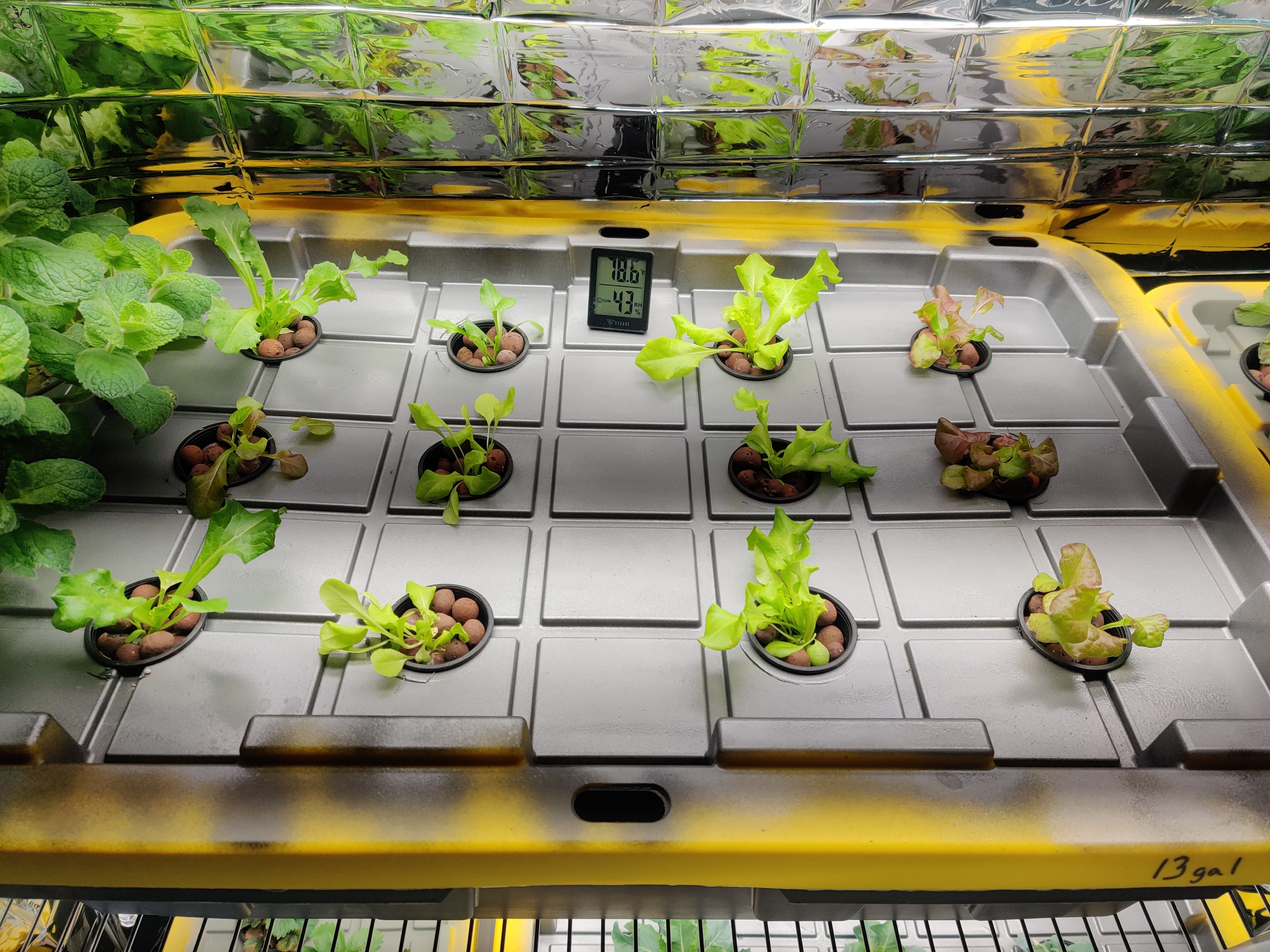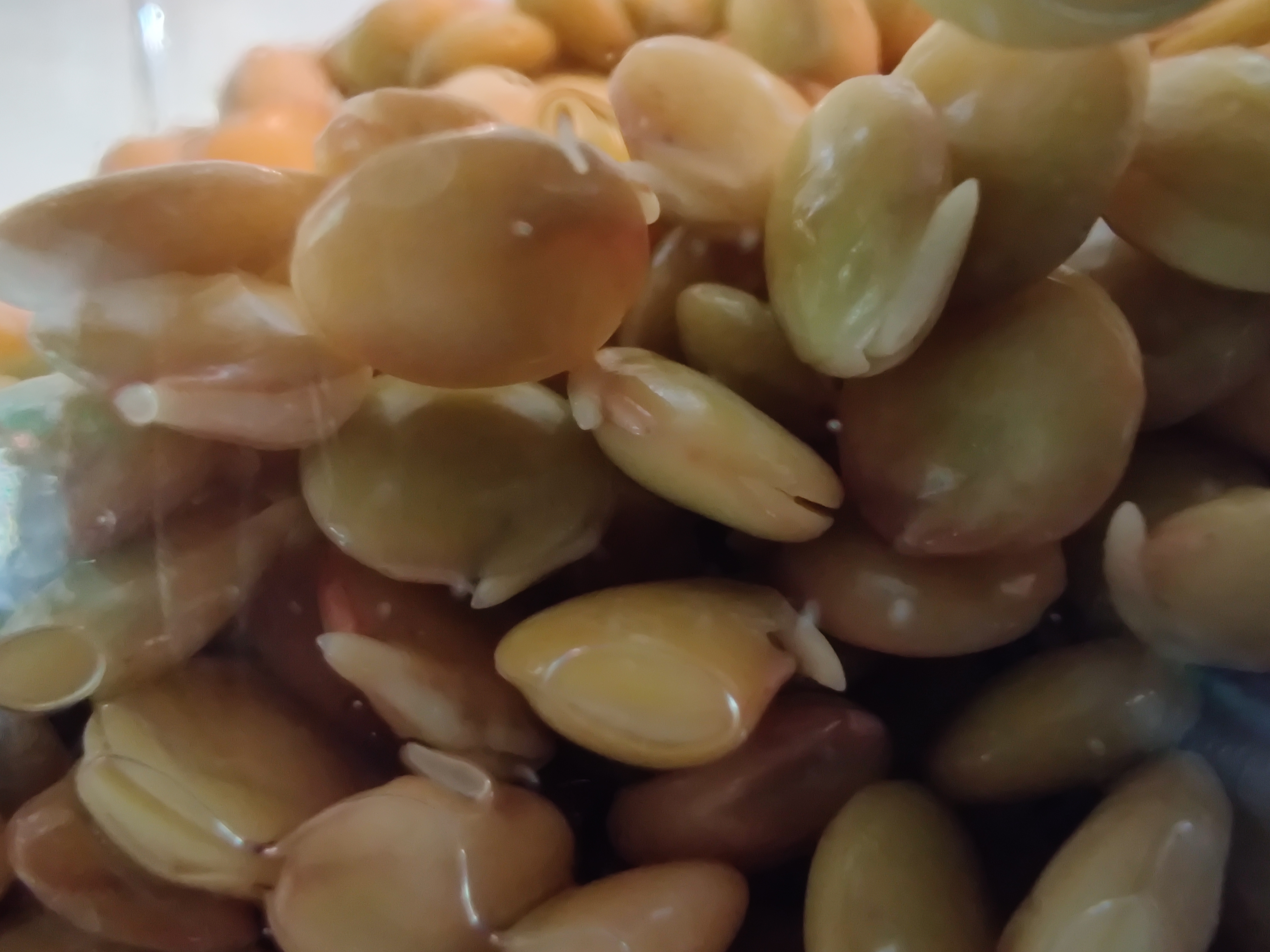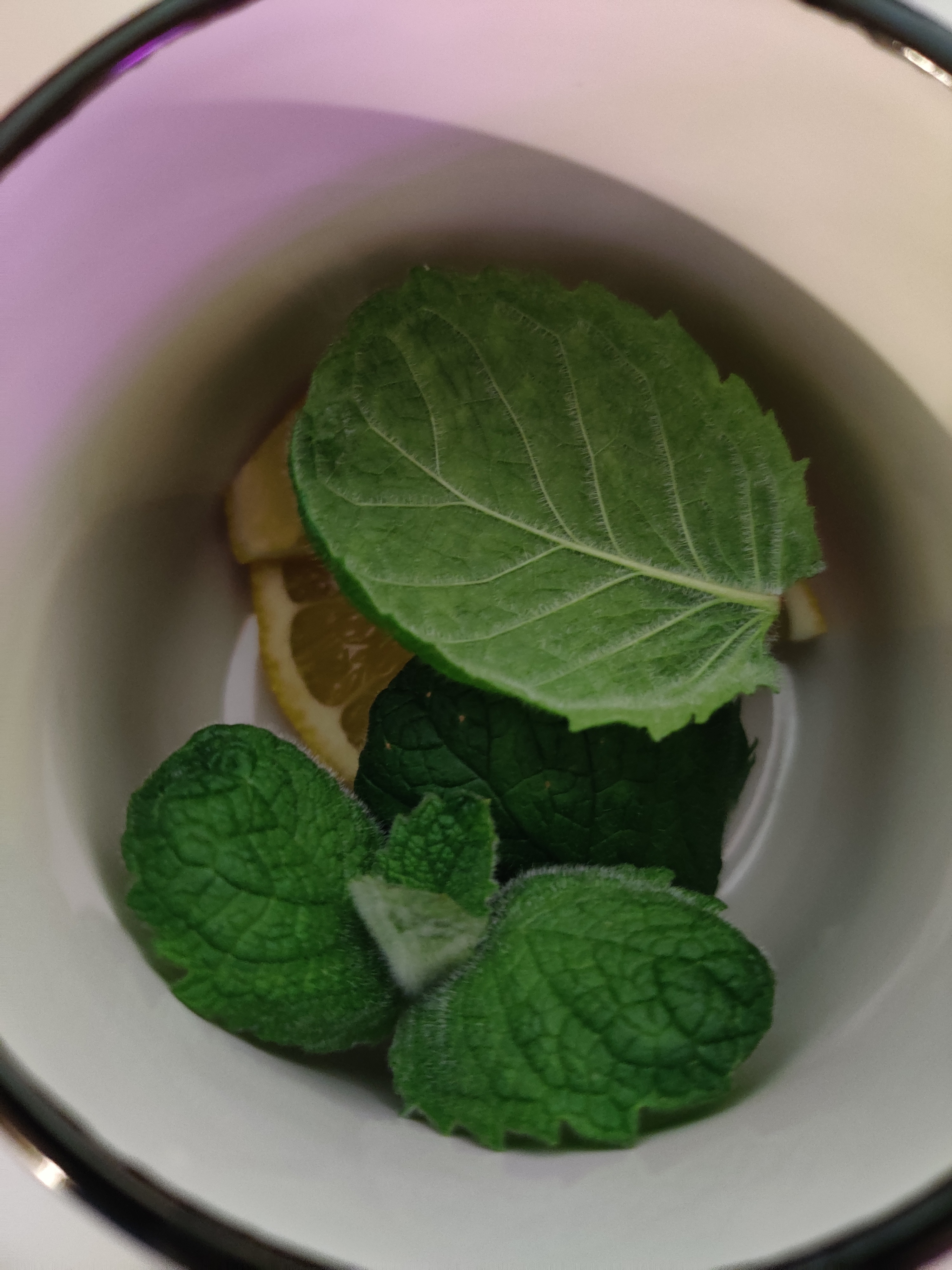Please remember this is a vegan community when replying
I'd love to hear about any deterrents or exclusion practices you may use in your garden. Here are some of mine. I'm in zone 5a (Zone 4 USDA).
For the most part, I accept that I must share the plants I cultivate with every being that inhabits the same space as I do. It's still heart breaking to not be able to eat anything because there is small but widespread damage, like a whole leaf full of tiny holes. Some people may feel that this is fine to eat and that's great! Maybe you can talk some sense into me about that too, lol!
Here is a bit about what I do:
Large mammals I have a fence built around some of my raised beds. It is about 4 ft high and made of welded panel and t-posts. The most hungry larger mammal that I share a space with are groundhogs, who are collectively known as Al and are led by Big Al. Als can climb and burrow! Knowing this, we have added a layer of chicken wire on the ground, about one foot in width. This went under the t-posts and fence and creates a little barrier to digging but also a place that is hard to remove unwanted growth from! We also added a layer of chicken wire on the outside surrounding the panel fence. It's fixed in only a few places so it's floppy. This makes the fence very hard to climb. We have had success with this fence for groundhog exclusion.
We put plants they love in the fence. I have peas within and peas outside and the peas outside never make it past 30 cm tall because they are too delicious!
Tomatoes live outside the fence (for now, we are assessing if we want to expand) and we just understand that we pay an Al tax on them.
Smaller mammals We have a lot of bunnies, squirrels, chipmunks, mice, moles, voles, rats... And haven't really done anything to exclude them. We have large maple trees and they seem to absolutely love the keys once they are sprouting, so we leave them around for them to munch on. It is a pain because the ones they don't eat will become tiny trees that we need to pluck, but it seems to protect the rest of the plants.
In general, we also plant berries and greens that are easily accessible and that we don't necessarily expect to eat. The buns love my sorrel (not my fave) and some of the ornamental grasses, and I'm happy to have them eat those. There are some weeds they love the flowers of too, so those stay as well.
Birds I don't even try lol. I just plant a lot of berries and adjust expectations.
Insects I don't have an answer to this one at all either. The most prolific insects we see are cabbage moth, leek moth, potato beetle, squash vine borer and slugs.
Cabbage moth: I simply don't grow brassicas or lettuce anymore 🤷♀️ . Things like beets and radishes get leaf damage so I don't eat the greens. One of my poor cannabis plants got it bad this year.
Leek months: Garlic get their scapes inspected and if there is moth damage the scapes are disguarded. I rotated my garlic this year after 3 years (😬) but there were many volunteers in the old bed so I'll likely need another year or two before planting there again.
Potato beetle: I've been lucky with these so far. They haven't had too much crop damage. I still seek to rotate a bit. I'm trying to use potatoes to condition the soil so rotating works well for me.
Squash vine borer: I've rotated my zucchini this year (2 years in previous place). In general my plants get established enough before the damage gets too bad, and the vines make new roots and keep living. I need to take extra care to deal with air flow and keep the mildew off, but my zucchini are impressive in abundance. Not so much luck with cucumber. Winter squash seem to fall prey to small mammals more than the bugs.
Slugs: I've tried copper mesh with no real success, but that's just because they were able to climb leaves. I'd love to hear if anyone has figure that out. They love kale and tomatoes (the fruit!) and it's only really the tomatoes I want to protect.
Aphids: these don't appear to attack one plant more that others. They just kind of set up shop and go BUCKWILD. I have had some success with growing calendula as a sacrificial plant. I didn't sow any this year and I don't seem to have any volunteers... They seem to really want to eat one lupine in particular this year...
I'd love to hear your observations and tricks!

